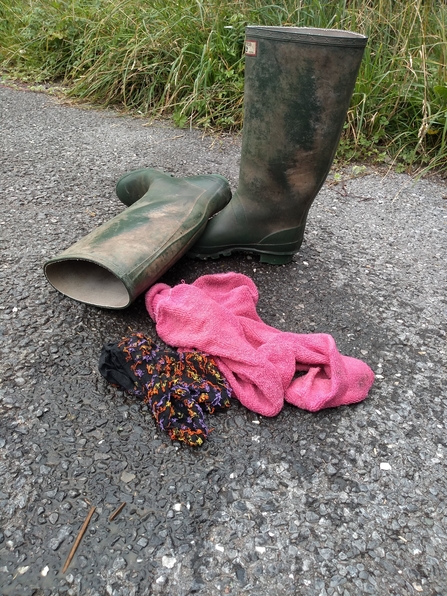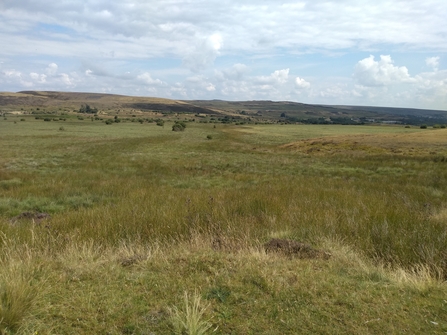As a partnership, we were successful in our application to the Welsh Government's Green Recovery Capacity Building Scheme, and have been busy working on a Wales wide vision for peatlands. The Welsh Government, alongside Natural Resources Wales, have committed to restoring all peatlands in Wales and we are joining this call to arms to achieve the long term ambition of restoring 35,000ha of peatlands. Through site surveys, discussions with landowners and staff training in peatland restoration, we are beginning to create a portfolio of opportunities across Wales. The information we have accumulated over the last 5 months will provide the basis of applications to funders to help with work on the ground to restore and enhance these amazing habitats.
Peatland Restoration Project
Natalie Waller

Welsh Government
In Wales, peatlands extend over 4% of our landscape – we have the largest expanses of near-natural blanket bog in southern Britain. They are also great at storing Carbon (it is thought peatlands across the whole of the UK store 3.2 billion tonnes of carbon!). But, if peatlands are degraded, eroded and dry up, they will release that carbon back into the atmosphere. Some reports suggest that a loss of just 5% of this habitat can release enough carbon into the atmosphere as the UK’s total annual greenhouse gas emissions! These habitats are therefore vital in tackling the climate crisis. Stopping them being lost as well as improving and restoring those that are in poor condition will all increase the amount of carbon that they take up and store. They are also a brilliant habitat for a diverse range of plants and animals – Sphagnum bog moss, Hare’s-tail Cotton Grass, Sundew, Red and Black Grouse and Marsh Harrier can all be found on peatlands, as well as many species of dragon- and damsel flies. A stable and healthy bog can also hold on to water, allowing it to seep out slowly, which can help stop flooding incidences downstream. Restoring peatlands is a great example of how we can facilitate nature's recovery and deliver nature based solutions in one.

Natalie Waller
In Gwent, we have been exploring the peatlands in Torfaen and Blaenau Gwent – the evidence of which has been a number of days of soggy socks!

Natalie Waller
Waunafon bog near Blaenavon

